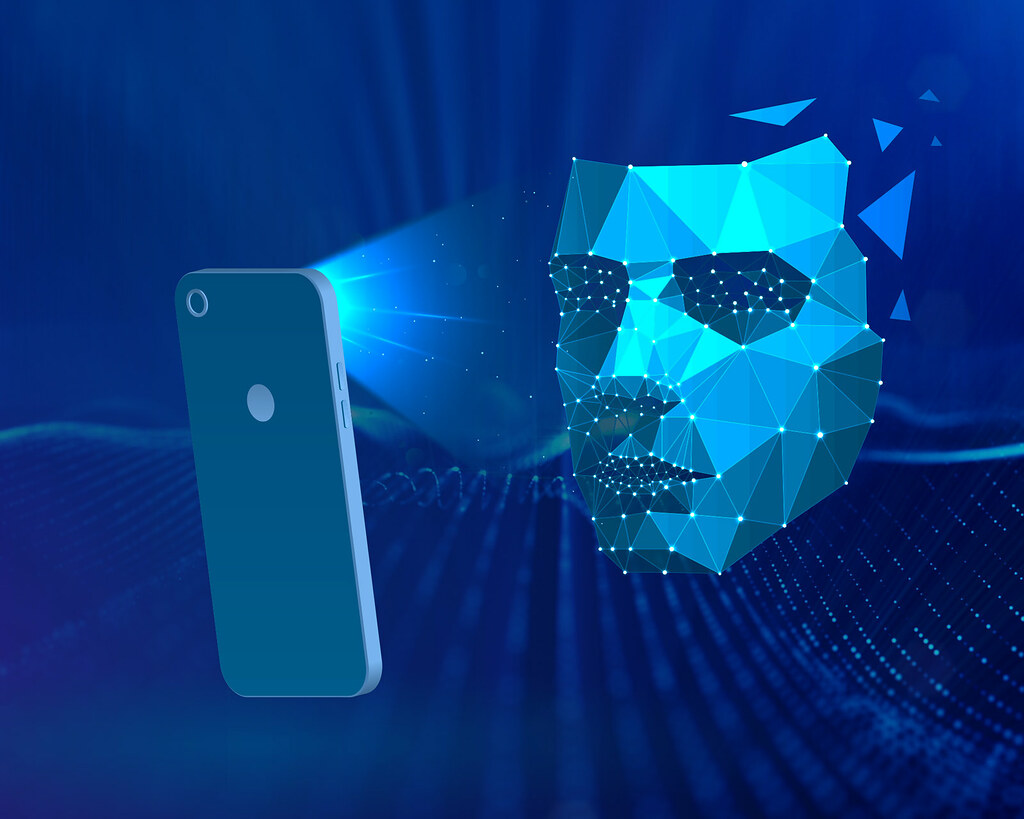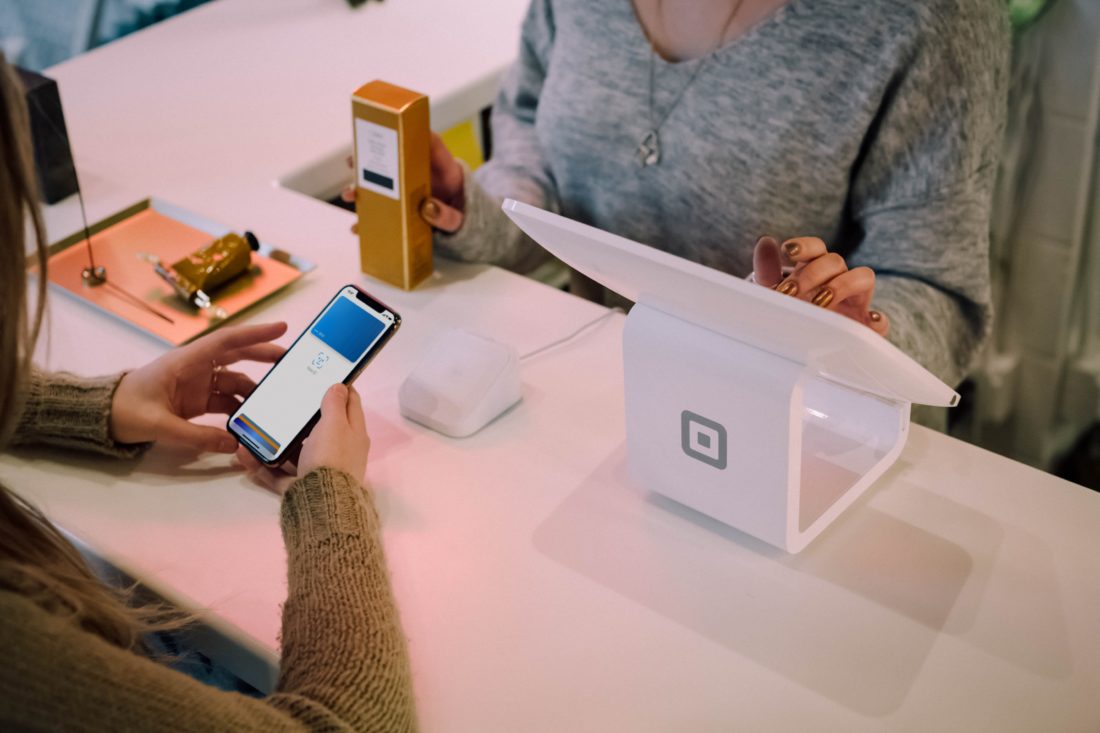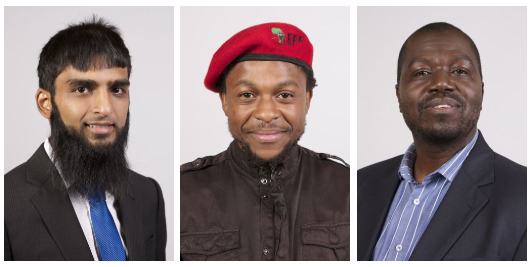
What is Facial Recognition Technology and Why Is It So Great?
Written by Marc Alringer
Not long ago, getting a computer to recognize your face was science fiction, but now, the technology is everywhere and reliable enough to be used for secure identification. If you have the latest iPhone, you carry this technology around in your pocket. You no longer need to scan your fingerprint or enter a password. Just give your phone a quick glance and voilà!
Facial recognition uses approximately 80 reference points to create a faceprint. Using features such as your jawline, nose width, cheekbone shapes, and depth of your eyes, the facial recognition technology (FRT) can create a numerical code that serves as your password. This innovative technology has become a security measure that requires no additional input from the user.
How does Facial Recognition Technology (FRT) work?
Capture – the first step consists of collecting physical samples in predetermined conditions during a stated period of time. You can think of this phase as registering your face into the system.
Extraction – once sufficient data has been gathered, the system can create templates based on the samples provided.

Comparison – once you try to scan your face, the data is compared to existing templates.
Matching – the final stage is to cross-reference the new sample with the existing templates in the database. If there’s a match, access will be granted within a second.
If you’re using an iPhone, there’s one more stage – Learn. If facial recognition fails and you correctly enter your passcode, the phone will update the templates.
Which industries are using FRT?
The technology gains most of its reputation from the Apple FaceID feature, but that’s not the only place that this sophisticated technology can be implemented.
Facial recognition technology can be used in retailers to identify VIP customers in the shop, and alerting employees to make sure they receive special attention. The technology can also be implemented in public spaces to help identify thieves, scam artists, and potential terrorists.
Organizations are using FRT in their mobile apps to improve the user experience. The facial recognition technology is made available by iOS, so that it can be incorporated into a number of different apps (i.e. banking, passwords, payment, etc.). Apple Pay is just one of many apps leveraging this innovative technology. You can quickly scan your face to approve a transaction and make a payment. You no longer need to carry around a wallet full of cash and credit cards.

Within the Healthcare industry, FRT can be used to secure patient data. Instead of relying on a username and password, the patient can use their face to access confidential information.
In the advertising realm, face recognition technology can be used to show the right message to the right person. Tesco, the grocery giant, plans to install OptimEyes screens at gas stations in the UK to deliver targeted ads to customers. How about that for targeted advertising!
Pros and Cons of Facial Recognition Technology
Pros
Improved security
As we suggested earlier, a biometric system greatly improves your security measures.
Easy integration process
There’s no need to spend additional time and resources trying to create your own facial recognition technology software. The existing facial recognition tools, for the most part, are adaptable and easily integrated into existing security software.
Pinpoint Accuracy
With the help of 3D facial recognition technologies and infrared cameras, the level of accuracy in the identification process is remarkable. With increased accuracy, organizations or individuals leveraging the technology can rest assured that there won’t be any mistakes. You can expect the right person to be identified at the right time.
Joy Buolamwini, a researcher at the M.I.T. Media Lab, conducted a thorough study on the accuracy of facial recognition technology and the results showcase how some of the biases in the real world can seep into artificial intelligence.

Gender was misidentified in up to 1% of lighter-skinned males in a set of 385 photos.

Gender was misidentified in up to 7% of lighter-skinned females in a set of 296 photos.

Gender was misidentified in up to 12% of darker-skinned males in a set of 318 photos.

Gender was misidentified in 35% of darker-skinned females in a set of 271 photos.
Photos were selected from among those used in Joy Buolamwini’s study.
Source: Joy Buolamwini, M.I.T. Media Lab
Fully Automated
You no longer need to pay security guards to stand at your door 24/7. The facial recognition technology is fully automated and will identify individuals accurately every single time without any hesitation. With automation comes convenience, reduced expenses, and more time to focus on the more important tasks that drive value for your business.
Keep Employees in Check
One of the biggest ethical concerns in the workplace is time fraud – when employees incorrectly report the number of hours they worked. Incorporating face recognition technology for check-in and check-out processes ensures that an employee is working the entirety of their shift.
Cons
Lack of Privacy
Although this technology has a promising potential to prevent crimes, the risk of mistakes and abuse has become controversial. There currently aren’t any regulations or standards preventing police departments from using facial recognition technology for purposes other than identifying criminals. This area of uncertainty has created discomfort in the tech community. The type of use cases where facial recognition can be applied is still unclear.
“There needs to be greater transparency around the use of these technologies,”
–Rashida Richardson, director of policy research at the AI Now Institute at New York University.
Processing and Storing
A fast processing time for large imagery and substantial amounts of data requires the right equipment and support. However, not every single frame needs to be processed, that would be a huge waste of resources. This is precisely why only a fraction of the data, about 10-25% is actually processed by the facial recognition technology.
Camera Angle
For facial recognition technology to generate a template of an individual’s face all it needs is a frontal view. However, in order to enroll a person’s face into the recognition software, it will require a profile, frontal, 45-degree, and more. The more angles you can provide the system upon enrolling a face, the less likely it is to make a mistake in the future.
The more direct the camera angle, the more accurate the resulting matches should be. Apart from the camera angle, things such as facial hair, sunglasses, or hats will affect the quality of the resulting matches. In order to prevent individuals from using such tactics to fool the FRT, the database should be updated regularly with the most up-to-date images.
Facial recognition technology is experiencing a rapid adoption rate and in a few years we can expect such a system to process gestures, palm and ear prints, expressions, and even our voice. The ability for computers to compare thousands of images simultaneously is something that far outweighs the ability of a human.








